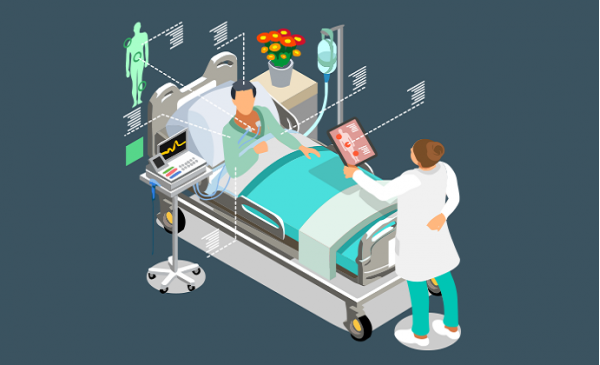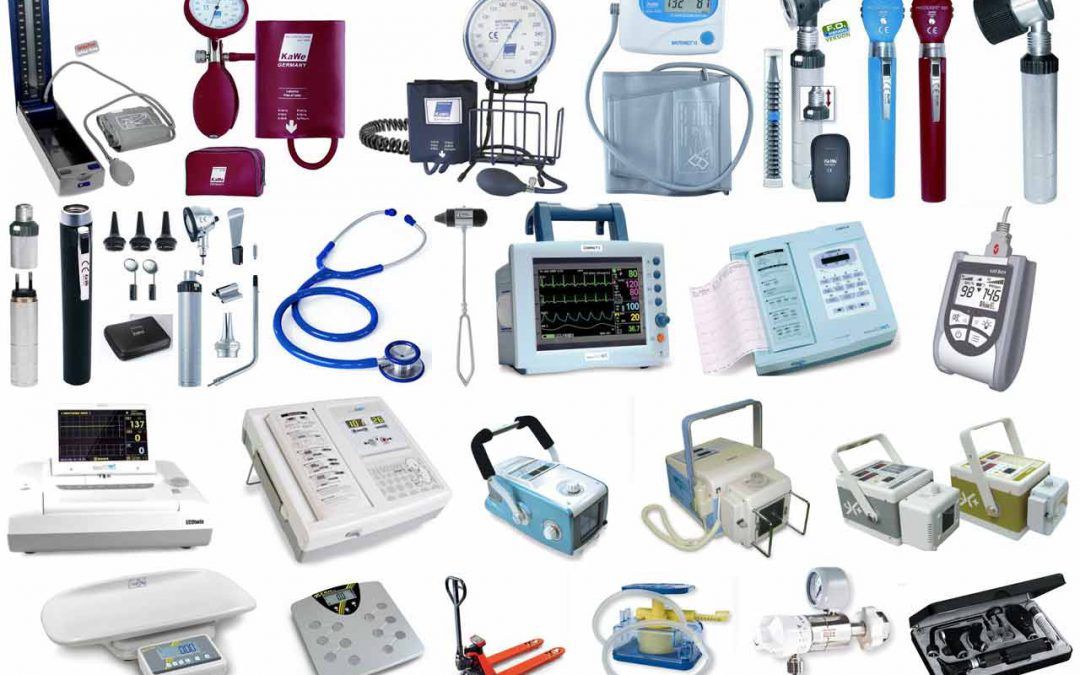The article provides an overview of the applicable regulatory requirements in the sphere of labeling for medical devices.

Table of Contents
The Food and Drug Administration (FDA or the Agency), the US regulating authority in the sphere of healthcare products, has published a guidance document dedicated to medical device patient labeling. The document is intended to provide additional clarifications regarding the applicable regulatory requirements, as well as recommendations to be considered to ensure compliance thereto. At the same time, it is important to mention that the FDA guidance documents are non-binding, and are not intended to introduce new rules or impose new obligations. Moreover, an alternative approach could be applied, provided such an approach is in line with existing legislation and has been agreed with the authority in advance.
The present guidance is intended to assist medical device manufacturers and other parties involved in interpreting and following the regulatory requirements related to labeling for medical devices. In particular, the document describes the approach to be applied to ensure the labeling is understandable to and usable by patients, considering the specifics of lay persons. As it is stated by the FDA, when translating the professional label into lay language, [the manufacturer shall] take care to ensure that it does not alter the intent of the indications, contradictions, warnings, and precautions, or other parts of the professional labeling; they lay translation should also provide a balanced presentation of adverse events and the risks and benefits of the device, it should not introduce new claims that are not in the professional label. The authority also mentions that since the label addressed to healthcare professionals could be subject to changes, the manufacturer shall ensure that all the changes are duly reflected in the label for laypersons.
Regulatory Background
According to the guidance, medical device patient labeling stands for any information associated with a device targeted to the patient or lay caregiver. The said information is provided to ensure the layperson can use the device safely and efficiently. The recommendations provided in the present guidelines apply to all the types of medical devices allowed for marketing and use in the US. It is important to mention that the concept of “labeling” covers all the materials used to communicate important information to potential users including, inter alia, patient brochures, leaflets, and user manuals. Depending on the nature of the device, its intended purpose, and risks associated thereto, the said information could be provided to potential users with or without accompanying professional counseling. The medical device patient labeling could be used irrespectively to the category of users who are expected to use the device.
As further explained by the FDA, patient labeling for medical devices is vitally important since it ensures the information about the way the device should be used, as well as about the risks associated thereto is duly communicated to users in a manner they will be able to understand. The information can cover the aspects related to the functionality of the device and the way it operates, and also to the safety measures. The authority mentions that the importance of proper patient labeling is increasing together with the complexity of the device in question.

Information to be Included
The document further outlines the scope of information to be included in medical device patient labeling. According to the document, medical device patient labeling should address the following aspects:
- Risk/benefits information, including:
- Sufficient descriptive information to tell what the device is and what it is used for,
- Types of people and situations for whom the device would not be a good choice,
- Risks and benefits to the patient or environment associated with the uses of the device,
- Information about maintaining the device or identifying potential problems with the device,
- Alternative therapeutic and diagnostic choices available, and/or
- Other information to enable the person to make an informed decision about the device.
- Instructions for use – the procedural steps to follow in setting up, using, cleaning, troubleshooting, and storing a device.
The authority also mentions that in most cases the patient labeling contains both types of information.
Use Cases
According to the guidance, patient labeling should be provided in all cases when it will be beneficial for patients or those operating the device since it will allow them to increase their knowledge about the device, the way it operates, and safety-related measures, ensuring that the device will be used as initially intended by the manufacturer and reducing the risk of misuse.
When determining the scope of information to be included in patient labeling, and the way such information should be provided, the manufacturer should take into consideration the key factors associated with the intended users (target audience). The aspects to be considered include, inter alia, the following ones:
- Does the audience need specific information?
- Is there something unique about the device (e.g., diagnostic test) that needs to be explained to the patient?
- Does the audience already know the information?
As further explained by the FDA, special attention should be paid in case:
- A patient has to provide a healthcare professional with personal health information for the latter to determine whether the device should be used;
- It is necessary to choose among several devices similar in terms of design and/or intended use;
- A patient is expected to be involved in determining whether the procedure should be performed or not;
- It is important to ensure the patient fully understands the potential impact the procedure may have.
Additional information should be communicated to patients or other persons expected to use the device in case they will have to:
- Maintain the device;
- Monitor and report on the operation or output of the device (e.g., pacemakers, glucose monitors);
- Explain the operation of the device to others, such as a practitioner caring for another condition of the patient;
- Explain the patient’s medical situation to others,
- Know how to alter their lifestyles or care regimes to properly integrate the use of the device; and/or
- Know how to safely dispose of the device.
In summary, the present FDA guidance provides an overview of the regulatory requirements for medical device patient labeling. The document describes the concept of patient labeling in detail and also explains the approach to be applied when determining whether the patient labeling is needed based on the appropriate criteria.
Sources:
How Can RegDesk Help?
RegDesk is a next-generation web-based software for medical device and IVD companies. Our cutting-edge platform uses machine learning to provide regulatory intelligence, application preparation, submission, and approvals management globally. Our clients also have access to our network of over 4000 compliance experts worldwide to obtain verification on critical questions. Applications that normally take 6 months to prepare can now be prepared within 6 days using RegDesk Dash(TM). Global expansion has never been this simple.

